Digital Illustration Badge
<img src="https://docs.google.com/drawings/d/1MOkCI66Xl5vMvKiEXSsg2OYNbUynQOoVTLA-590y4-Y/pub?w=72&h=72">
Commercial Design Badge
<img src="https://docs.google.com/drawings/d/15QOj-FiXYquNW5tPWdjvC9fdlgiIe5fTIP6uO0oFdUM/pub?w=72&h=72">
Monday, August 31, 2015
Digital Photo Badges
Digital Photo 1 Badge
<img src="https://docs.google.com/drawings/d/1F6hDUqmriE7Ch4TR19WT-FpsKBZWhUA6tbuX2P9Gpcc/pub?w=72&h=72">
Digital Photo 2 Badge
<img src="https://docs.google.com/drawings/d/1LB_YnB99b0E5OQB_0iuGzeXKdmq74ukImM7Fx6pbShQ/pub?w=72&h=72">
<img src="https://docs.google.com/drawings/d/1F6hDUqmriE7Ch4TR19WT-FpsKBZWhUA6tbuX2P9Gpcc/pub?w=72&h=72">
Digital Photo 2 Badge
<img src="https://docs.google.com/drawings/d/1LB_YnB99b0E5OQB_0iuGzeXKdmq74ukImM7Fx6pbShQ/pub?w=72&h=72">
Wednesday, August 26, 2015
COMM Design Tutorials
Choose two of the tutorials listed on this site:
http://www.awwwards.com/14-essential-tutorials-on-how-to-create-logos-with-illustrator.html
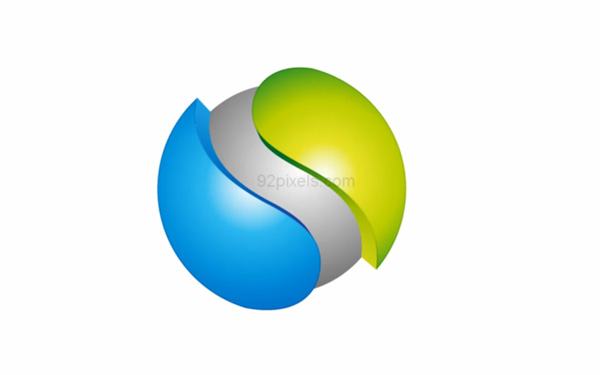
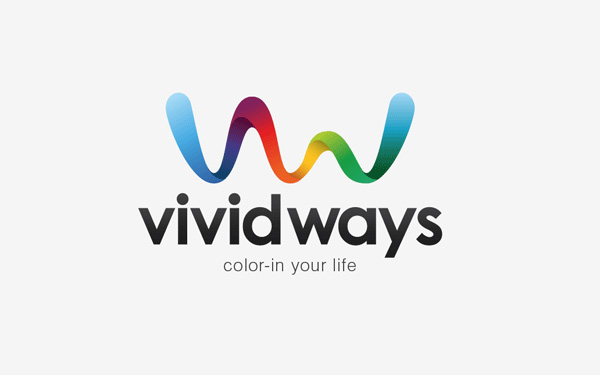

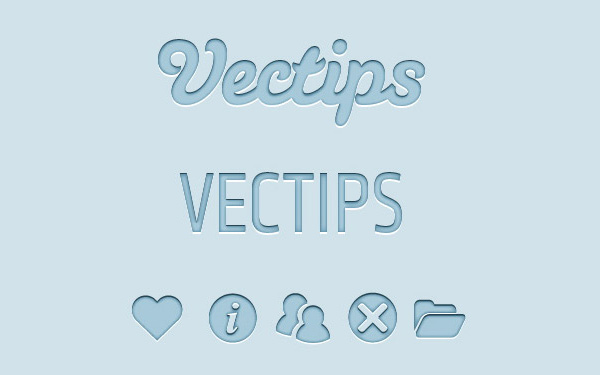
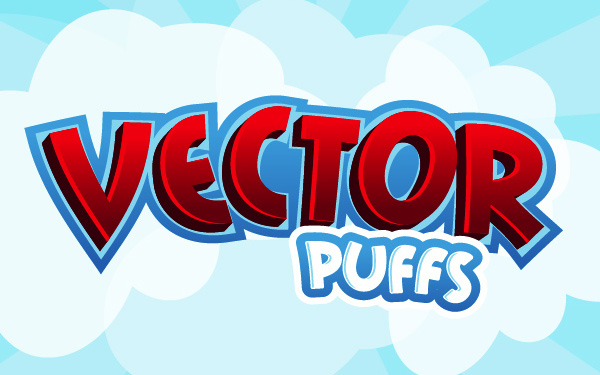
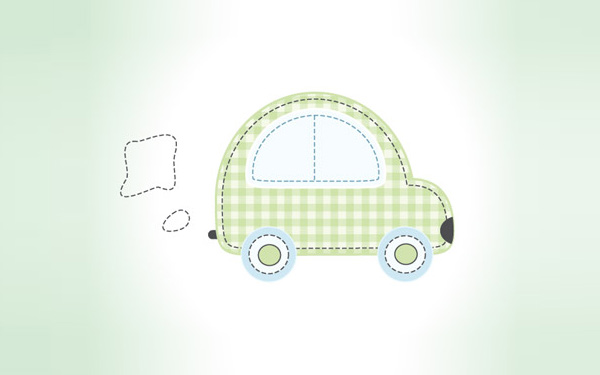
http://www.awwwards.com/14-essential-tutorials-on-how-to-create-logos-with-illustrator.html






Critique Me
Directions for Wed Blog: Critique Me
- Choose your best image
- Post it as a your blog post with a TITLE
- Add a sentence saying why you chose this image.
Example 1:
"Yellow Flowers in Spring"
I chose this image because it has really vibrant colors and a strong balance between light and dark.
Example 2:
"Geodesic Explosion"
I chose this image because it demonstrates 3D tools in Illustrator, and has a lot complexity. I like the balance of shapes and blurs, and the color scheme is strong.
Tuesday, August 25, 2015
Monday, August 24, 2015
DID & COMM Unit 1
Digital Illustration Notes
Did unit 1a from MrLawler
Commercial Art Notes
Comm art unit 1a from MrLawler
Comm art unit 1b from MrLawler
Friday, August 21, 2015
Earning Digital Art Badges
Digital Art Badges
A badge is a symbol or indicator of an accomplishment, skill, quality or interest.
Earning Art Badges
Earning them is a true challenge, and they require impressive dedication. These are special awards for completing topic challenges. The badge serves as an online record of achievements, tracking the recipient’s communities of interaction that issued the badge and the work completed to get it.
Your First Three Badges
HTML Code for "Blogger Badge"
<img src="https://docs.google.com/drawings/d/1Qusm5C1eUFTgKMTddapXy5vlAjak-wYT-G3KbPr9pdE/pub?w=72&h=72" / /><br /><br />
HTML Code for "Slideshare Badge"
<img src="https://docs.google.com/drawings/d/182m-avcqN2-t4oLfr_pxlrEjQfmk095fSGBeCrEeJc0/pub?w=72&h=72" / /><div><br />
HML Code for "Communicator"
<img src="https://docs.google.com/drawings/d/13E5YbbhtS_6A7ItIVmMqw-W2yJHZQg6-OFPU7QmdK6E/pub?w=72&h=72" / /></div>
A badge is a symbol or indicator of an accomplishment, skill, quality or interest.
Earning Art Badges
Earning them is a true challenge, and they require impressive dedication. These are special awards for completing topic challenges. The badge serves as an online record of achievements, tracking the recipient’s communities of interaction that issued the badge and the work completed to get it.
HTML Code for "Blogger Badge"
<img src="https://docs.google.com/drawings/d/1Qusm5C1eUFTgKMTddapXy5vlAjak-wYT-G3KbPr9pdE/pub?w=72&h=72" / /><br /><br />
HTML Code for "Slideshare Badge"
<img src="https://docs.google.com/drawings/d/182m-avcqN2-t4oLfr_pxlrEjQfmk095fSGBeCrEeJc0/pub?w=72&h=72" / /><div><br />
HML Code for "Communicator"
<img src="https://docs.google.com/drawings/d/13E5YbbhtS_6A7ItIVmMqw-W2yJHZQg6-OFPU7QmdK6E/pub?w=72&h=72" / /></div>
Thursday, August 20, 2015
Wednesday, August 19, 2015
Welcome to the 2015 - 2016 School year!
Welcome!
Welcome to a New Year at PCHS! Each day you will be responsible for maintaining your blog and keeping your blog up to date. The blog forum is: www.pchsdigitalart.blogspot.com
You will need to do the following to create your blog:
1. Create a GMAIL and Google Account (and copy this information to a Word Document)
- This should be your first initial and last name. Example: amartinez@gmail.com.
- It must follow this format in order to receive a grade.
2. Create a blogspot URL (and copy this information to a Word Document)
- This should be your first name and the last three digits of your ID number. Example: www.Allison343.blogspot.com
- It must follow this format in order to receive a grade.
3. Design your blog using the Layout and Advanced functions
4. Create a list of "Followers"
5. Go to www.pchsdigitalart.blogspot.com . Locate Mr. Lawler's "friends" or "followers".
6. Copy each follower (classmate) to your blog.
7. Make your initial post
Tuesday, August 18, 2015
DPI 1 & 2 Pretest
01.
On cameras that allow interchangeable lenses,
there is a metal ring on the front of the camera where the lens will attach.
This is called the:
a.
shutter release
b.
lens ring mount
c.
LCD screen
d.
viewfinder
e.
camera body
02.
Aperture
is defined as:
a.
the ratio of the focal width and angle
b.
the adjustable opening in the camera that limits
the amount of light passing through the camera’s lens and onto the film/image
sensor (measured in f-stops, see fig 1)
c.
the angular motion of light which acts as a
prism dividing white into a series of colors from which we derive ROY G BV
d.
the space between images and is never measured
in a-stops
e.
all of the above
03.
F-Stop
refers to (see Fig 1):
a.
the ratio of the focal length of a lens to the
diameter of its aperture
b.
the size of an image based on measurements
called f’s
c.
the time it takes to click the shutter of a
camera
d.
the length of time a shutter is open; the total
exposure is proportional to the duration of light reaching the film/image
sensor
e.
all of the above
04.
Shutter-speed
is defined as:
a.
the adjustable opening in the camera that limits
the amount of light passing through the camera’s lens and onto the film/image
sensor
b.
the time it takes to click the shutter of a
camera
c.
the length of time a shutter is open; the total
exposure is proportional to the duration of light reaching the film/image
sensor
d.
the protective coating on the image sensor
e.
all of the above
05.
ISO is
defined as:
a.
the isometric image sensor
b.
the equidistant image sensor
c.
film speed measurement of a film’s sensitivity
to light (mimicked by the image sensor)
d.
the pixel speed of the sensor
06.
True(A)/False(B):
Adjusting the aperture of your camera will modify the depth of field
07.
True(A)/False(B): The shutter is the part of your camera
where your images are stored.
08.
True(A)/False(B): When photographing
with a slow shutter, use a tripod to
avoid blur.
09.
True(A)/False(B): Having a high ISO can
result in a noisy image.
10.
True(A)/False(B): Adjusting the white
balance in your camera can change the temperature of your photo
DID & COMM Pre-Test
PHOTOSHOP KNOWLEDGE
1. This technique removes color from and
image, converting it to grayscale, but allows the image to remain in RGB:
a)
quick
mask mode
b)
levels
and curves
c)
desaturate
d)
CMYK
2. Control Z is
the keyboard short cut to
a.
undo
b. deselect
c.
increase brush size
d. Desaturate
3. Which selection tool selects areas
according to freeform shapes?
a.
magic
wand
b. lasso
c.
rectangular
marquee
d. eye dropper
4. Which keyboard shortcut will increase or decrease the size of many working tools?
a.
control
L
b. left and right arrows
c.
left
and right parenthesis
d. left and right bracket
5. Layers pallet
allows you to:
a.
lower
the opacity of certain layers
b. desaturate certain layers
c.
change
the brush size of certain tools
d. adjust tonal range of layers
6. Layers pallet
also allows you to:
a.
erases
areas of selected areas
b. rearrange layers
c.
apply
gradients to your backgrounds
d. choose colors to paint wit
7. Control C is
the keyboard shortcut for:
a.
cutting
b. clearing
c.
pasting
d. copying
8. The crop tool allows you to:
a.
resize
an image with forced dimensions
b. remove unwanted portions of an image
c.
improve
the composition of an image and change the focal point
d. all of the above
9. The healing brush is different than
the clone stamp in that it
a) Heals any mistakes that you’ve made
with your camera
b) Takes into account the surrounding
pixel colors and attempts to match it
c) It duplicates exactly the selected
area.
d) None of the above
10. The magic wand is a selection tool
that makes selections based on
a) Geometric shapes
b) Straight lines
c) Contrast
d) Like colors
11. The options pallet allows you to
a) make adjustments to whatever tool you are currently working on
b) add adjustment layers
c) choose from a very large pallet of colors
d) none of the above
ILLUSTRATOR
KNOWLEDGE
12. Which color mode does a computer
monitor use, and which does a printer use?
a.
Monitor
uses RGB, printer uses CMYK
b. Monitor uses RGB, printer use RGB
c.
Monitor
uses CYMK, printer uses RGB
d. Monitor uses CYNK, printer uses
Grayscale
13. What is the direct selection tool?
a.
Allows
the selection of individual shapes
b. Allows the selection of individual lines
c.
Allows
the selection of individual letters
d. Allows the selection of individual
points
14. You can change the width and length
of an artboard after you create it
a.
True
b. False
15. What does live paint allow you to do?
a.
Fill
specific areas different colors
b. Change the color of the whole image
at once
c.
Draw
things freely by hand
d. Remove color from an image
16. Fundamental transformation tools
include all of the following except:
a.
Scale
b. Rotate
c.
Reflect
d. Invert
17. RGB stands for:
a.
Red,
green, black
b. Red, gray, blue
c.
Red,
gray, black
d. Red, green, blue
18. Illustrator creates
resolution-independent images.
a.
True
b. False
19. Screen resolution and Print
resolution are the same thing.
a.
True
b. False
20. The preferred print resolution is
____ DPI.
a.
72
b. 150
c.
300
Subscribe to:
Posts (Atom)

